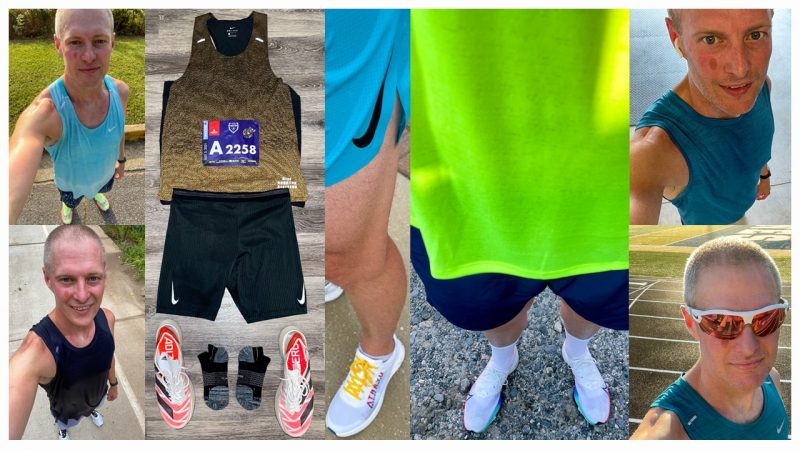This is part 2 of our Basketball to Marathon series. In the series, we follow one of our testers, Drew Whitcomb, as he takes on a brand new challenge and goes from basketball player to marathoner. This part focuses on marathon training for basketball players. You can find Basketball to Marathon part 1 here or read part 3 on marathon racing here.
Training for basketball is straightforward. Practices run by a coach, various drills done in spare gym time and pickup games. Playing as hard as I could at all times to show the coach I was ready for game minutes.
Running is, well, a bit more scientific in terms of following and executing a plan in both training and racing. It can be a rough transition for someone who plays a largely free flowing, stop/start ball sport. It was for me. I made almost all of the classic mistakes.
And because I made a bunch of rookie mistakes during marathon training, I’ve invited two professional running coaches to help us learn the correct way to transition from basketball (or other ball sports) to marathon running.
The first coach helping us is Jes Woods, an RRCA certified coach currently coaching for Nike Running and the Brooklyn Track Club. She’s also got a highly entertaining Instagram account that provides daily running motivation and highlights like the time she ran 301 miles from LA to Vegas!
The second coach providing her knowledge and experience is Rebeka Stowe, a USATF Level 2 certified coach currently working with Nike Running and coaching various media members like myself to run a marathon. She’s a former pro runner and Olympic Trials Finalist that was a Big 12 Champion in college.
These ladies know a ton about marathon training…let’s get to it.

Advice for Transitioning from Basketball
Jes: Ball sports, for the most part, usually revolve around high intensity short bursts of speed. So the number one mistake I see with new runners (transitioning from another sport) is treating every run like it needs to be the hardest run ever. Training to become a better runner involves more than simply running fast. We need easy runs, long runs, hill runs, recovery runs, etc. My number one piece of advice for new runners is to slow the heck down!
Drew: I was 100% guilty of running my hardest every run when I started. Ooops.
Rebeka: As a former high school basketball & soccer player… don’t stop playing your ball sport entirely. Aside from that, bring the sense of play you had in your primary sport to the run.
I’m not saying to race everyone in the park, let’s be honest that’s just annoying… but create a sense of play in your training. Find the crossover – maybe your workouts spur you to picture yourself getting back on defense or springing to slide tackle that forward who just got a break away.
You will need to temper yourself slightly, but if you find a good system…you’ll be able to harness the skills that made you a great athlete and transfer them to your experience as a runner.
Drew: This worked well for me. I still play basketball occasionally and it’s a nice change up. And yeah, all those years of visualizing myself hitting a game winning shot directly translate to visualizing myself crossing the finish line at the time I’m targeting.
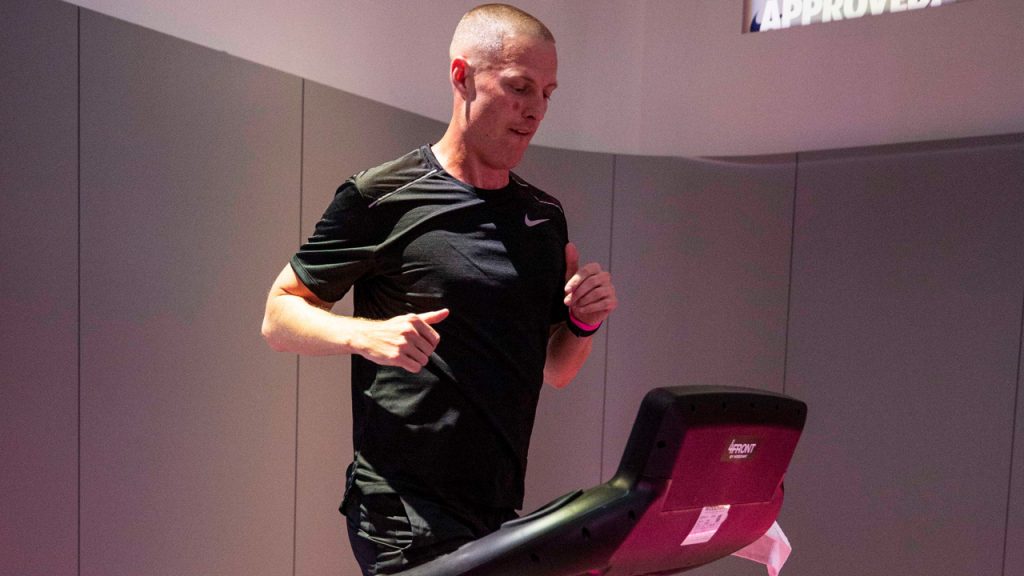
How to Avoid Ramping Up too Fast
Jes: It’s easier said than done. “Respect the distance” is a saying you often hear when it comes to endurance sports like marathon racing, but I think it applies to training as well. Respect the distance or better yet, respect the process. Of course everyone is different, but there are some common rules of thumb to consider when ramping up your mileage. The first “rule” is the 10% rule: increase your weekly mileage by no more than 10% week over week.
I’m also a big believer in periodization and the classic periodization mesocycle looks like: 3 week build + 1 down / recovery week. For example, if you’re running 20, 22, then 25 mile weeks, your fourth week needs to be a “down week” back down to 22 miles in order to let your body recover and adapt to all of these new stresses. When you let your body recover and adapt, you can then start building again and adding on more mileage.
Drew: When I started, I ramped up like 25-30% every week. It did not end well. Injury city. And “The Process” is something every basketball fan understands thanks to the Philadelphia 76ers and the gregarious Joel Embiid.
Rebeka: Just don’t (ramp up too fast). Set a plan, stick to the plan. If you haven’t been running regularly, start with 3-4 days a week. Pure distance running at a conversational pace (30-40 min) with a few strides (6-8 x 20 second pushes) is the best way to take your first 2-3 weeks. In addition, incorporate a strength training & plyometric progression.
Drew: Conversational pace means you can have a conversation with a friend while running that pace. Somehow, that didn’t click with me. Whoops. And the strength training stuff is so helpful. For me, it balances the workload to other parts of my body versus just using those same running muscles exclusively. It’s one of the keys to preventing injury.
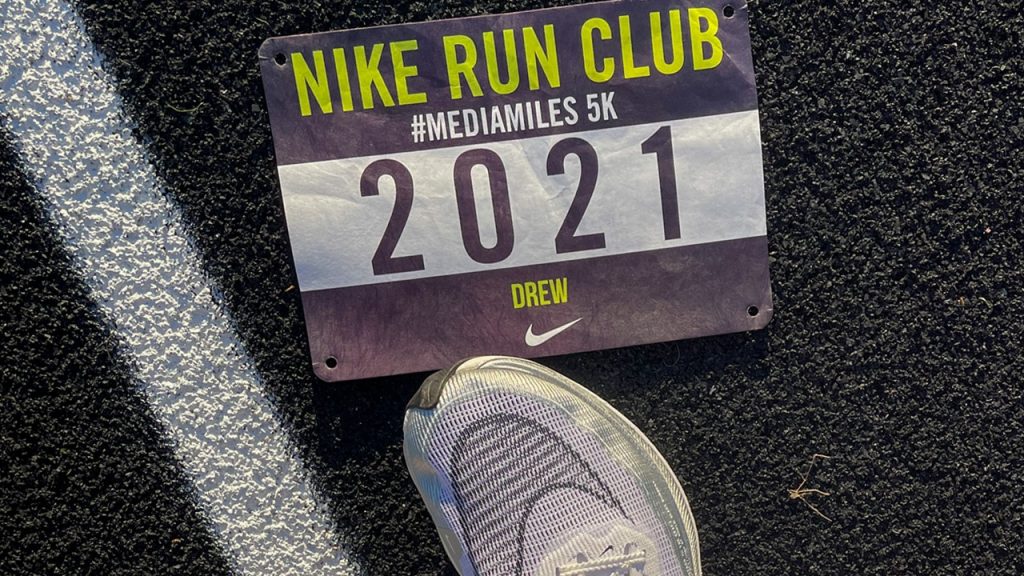
Finding a Running Team or Run Club
Jes: I think there’s an extremely big misconception that running is a solo sport. Even if you’re running most of your runs solo, there’s still a vast support network behind you even if it’s a virtual support network. Runners love uplifting one another.
This whole running thing is hard! If you have the ability to run with others or with a club, team, or crew, do it! There is strength in numbers and you sometimes have no idea what you’re capable of until you’re running with someone else. You might think you’re running all out or at your full potential, but if you have a teammate or friend ahead of you, it’s pretty incredible to see how much more you’re really capable of. If you’re not near any in-person run clubs, you can try creating your own club and inviting friends into a running challenge on the Nike Run Club App.
Drew: This may be the number one thing I hope you get out of this article. Team is essential in basketball, and even though it doesn’t seem that way, it’s just as important in running. Without my virtual Media Miles team I wouldn’t be where I am now getting ready to run my first marathon. A team that’s doing similar workouts and supporting each other is huge to being mentally ready to get out the door and tackle those daily miles
Rebeka: People need people. We were built for connection & belonging. I’ll leave it at that.
Drew: People need people. Enough said.
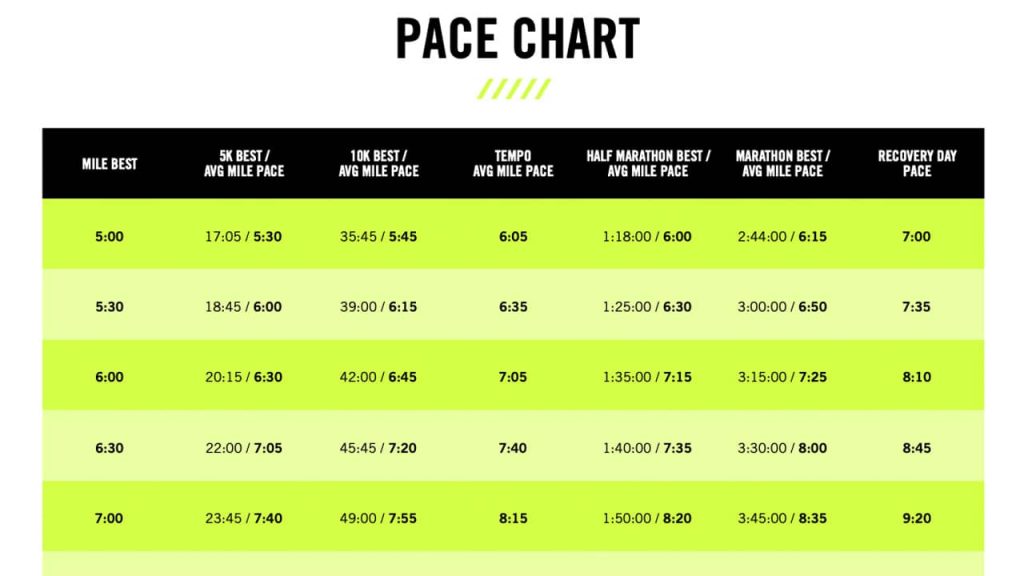
Setting Marathon Training Goals
Jes: Start with your why. I know it might sound corny or cliche, but this sport isn’t easy, so it’s super important to know WHY you’re going out for a run in the first place. Once you have your why, you can start writing down some SMART goals – specific, measurable, actionable (I’ve also heard attainable), realistic or relevant, and time-bound goals. It’s not enough to say “I want to run to get faster”. Instead, rework that goal to something like “I want to improve my 5k time from 24:00 to 23:30 with six weeks of speed training.”
Drew: Speaking from personal experience, you aren’t going to get out the door to run unless you have a really good WHY.
Rebeka: Two words. Audacious & Attainable. Goals are meant to stretch you. Set a goal that puts a little fire under you, one that requires you to work. That said, it ought to be something that is actually attainable. Then set to work. At the risk of sounding cliche, I recommend creating multiple goals. Outcome goals- A, B, C time goals, process goals – daily/weekly actionable tasks that you can check boxes on all under the umbrella of your overarching intentions. For example, “Stay healthy.” Most of the time these intentions are things that held you back in the past that you must be aware of in order to move through them.
Drew: Creating multiple goals is a great move. If something goes wrong or your body doesn’t feel right, you can pivot to a secondary goal. Checking off goals along the way makes it so your race time isn’t the only measure of success. I didn’t do this at first, but integrating it later made training and races more productive and more fun.
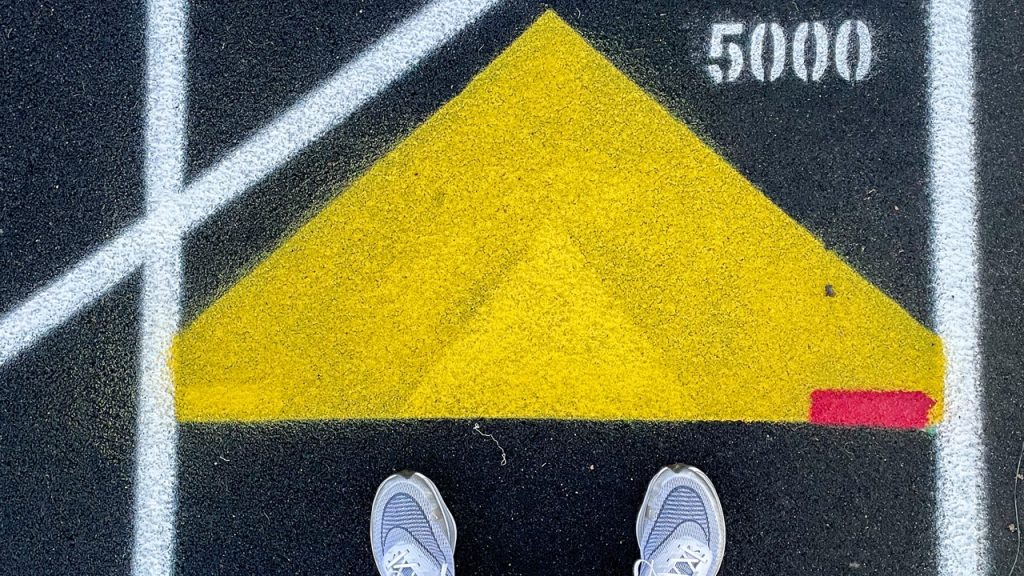
Why Consistency is so Important
Jes: I assume consistency is key in any type of training, so it definitely holds true for running. Consistency, especially in the build up phase, is mission critical for injury prevention. Wild swings in mileage and number of days running can lead to overuse injuries by not letting your body adapt to the stress and impact of running. Consistency helps protect you from injury. One more time for the people in the back – consistency helps protect you from injury!
Drew: Consistency isn’t easy but it directly correlates to health and performance.
Rebeka: I would argue that consistency is key in any training modality. The more you ebb & flow in your training routine the more likely you are to get caught in an injury cycle. Physiologically you are gaining the benefit of gradual progression. With consistency in training you see steady increase in tissue capacity and overall work capacity. Additionally, a regular exercise routine changes you on a hormonal level. With a consistent routine your body has adapted to the stimulus and is craving that release of “happy” hormones. Obviously, you always need to take into consideration real setbacks, both mentally & physically. Consulting a professional, either a PT or Licensed therapist as necessary. But overarchingly, consistency is key.
Drew: Consistency really gets your body in the right place. But if you’re injured, don’t keep running, go see a doctor or physical therapist. Making the injury worse will only kick the can down the road and mean you need to take more time off later.
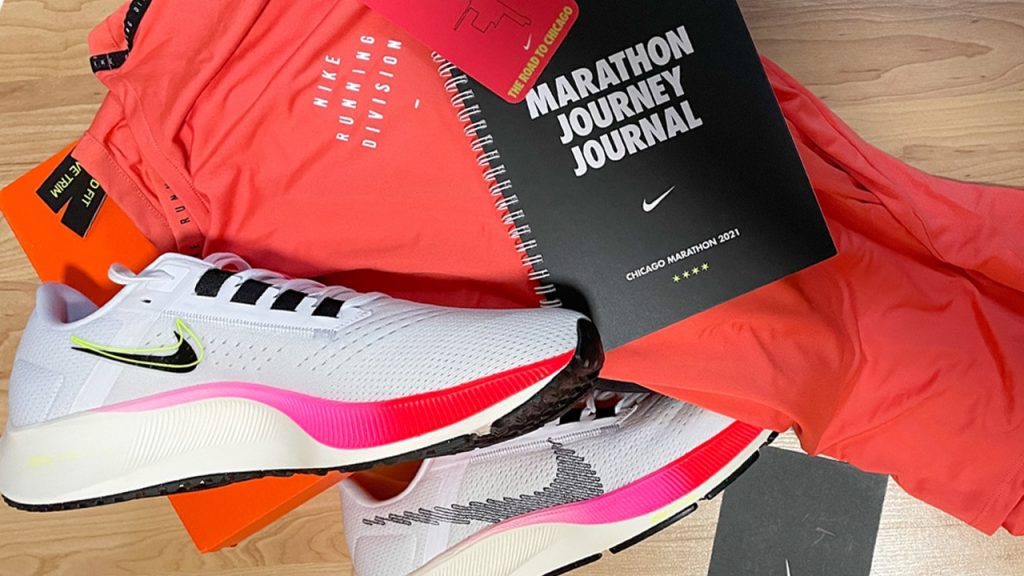
Are Running Recovery Techniques Different?
Jes: I’m not so sure that they are. I see footballers and marathoners both using things like massage guns, foam rollers, ice baths and saunas. After researching much about the different recovery modalities and experimenting on myself, I believe that recovery boils down to: if it makes you feel good, do it. And that holds true if you’re recovering from a multi-day soccer tournament or a long run during marathon training.
Drew: Ok, this one I nailed. Years of bball related ailments taught me a huge repertoire of recovery techniques. And boy did I need them when I started running.
Rebeka: Recovery is an individual experience. I would say specific muscular requirements of running require modalities that are slightly different. A swimmer is not experiencing the same exact load that a runner might be, so swimming can be an active recovery for a runner. As far as recovery, the purpose is to calm the nervous system and flip from flight or fight to rest and digest. There are so many recovery modalities out there but the best one is going to be the one that fits into your routine.
Drew: Totally agree. My evening time watching NBA League Pass or whatever TV show currently has my attention (shoutout to Squid Game) is the perfect time for me to foam roll, stretch, do mobility exercises and pull out the massage gun. Others prefer different routines but that’s what works for me.
Now that we’re making goals, running smart and recovering well as part of our marathon training, the next step is preparing for and running a real life marathon. That’s what we’ll talk about in part 3. You know, after I’ve actually run my first marathon. Wish me luck!
Have questions about going from basketball player to marathon runner? DM me on Twitter or message me on Instagram. I’ve done a lot of research on marathon training. I can either answer your question or point you to an expert, coach or site that has the info you need.

